When the temperatures get cold during fall and winter, you’ll want to keep your home as warm as possible. Finding the best and most effective ways to winterize your windows can help prevent cold air from coming into your home. You won’t want to ignore your doors either, as they often have small gaps that can let cold breezes through.
These tips for winterizing your windows provide longer-term solutions that won’t force you to wear extra layers or cover up with thick blankets. Not only will you be warmer, but winterizing your windows and doors is also energy efficient, saving you money on your energy bill and helping the environment.
With these tips, you’ll never want to leave the warm comfort of your home. You can use all of the tips or only a few, depending on your needs.
1. Inspect Your Windows and Doors

Checking your windows and doors for broken glass can help you identify where to start when winterizing your home.
©Sheila Say/Shutterstock.com
You’ll want to assess which areas you need to winterize before getting started. Check your glass panes to make sure none are cracked or broken. If they are, you’ll want to replace them before the temperatures drop too low.
When replacing windows, opt for ones with a low air leakage rating so they have a tighter seal. ENERGY STAR rating windows are also beneficial and can reduce your energy bill significantly while also helping our environment.
2. Add Insulation Where Necessary
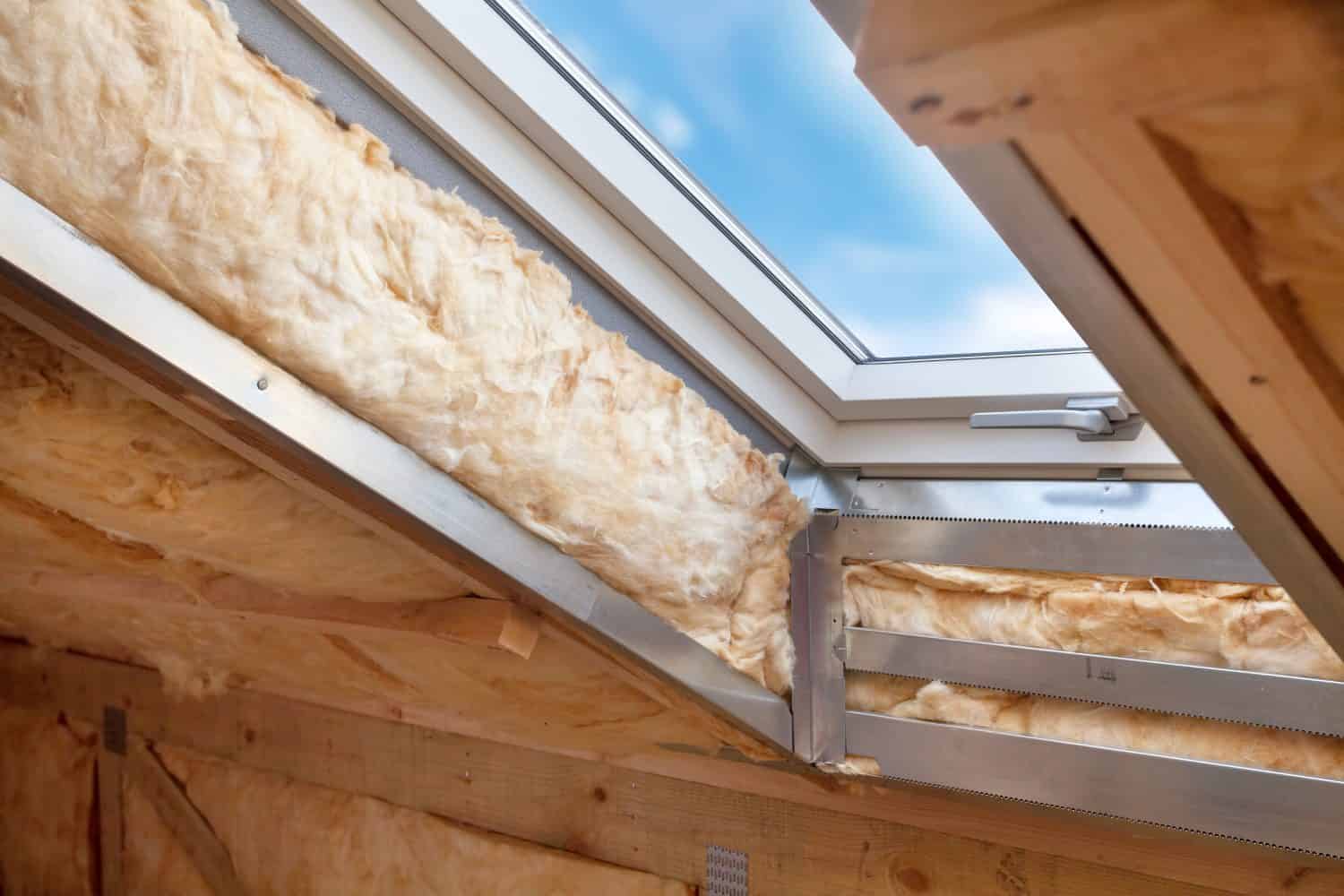
Consider installing insulation behind your window trim to help keep cold drafts out.
©brizmaker/Shutterstock.com
Adding insulation to the area behind your window trim can make all the difference in keeping your home warm. Look for spray foam specifically made for doors and windows. However, if you choose batt insulation, don’t put too much because it should be fluffy, not compacted.
3. Install Interior Storm Windows
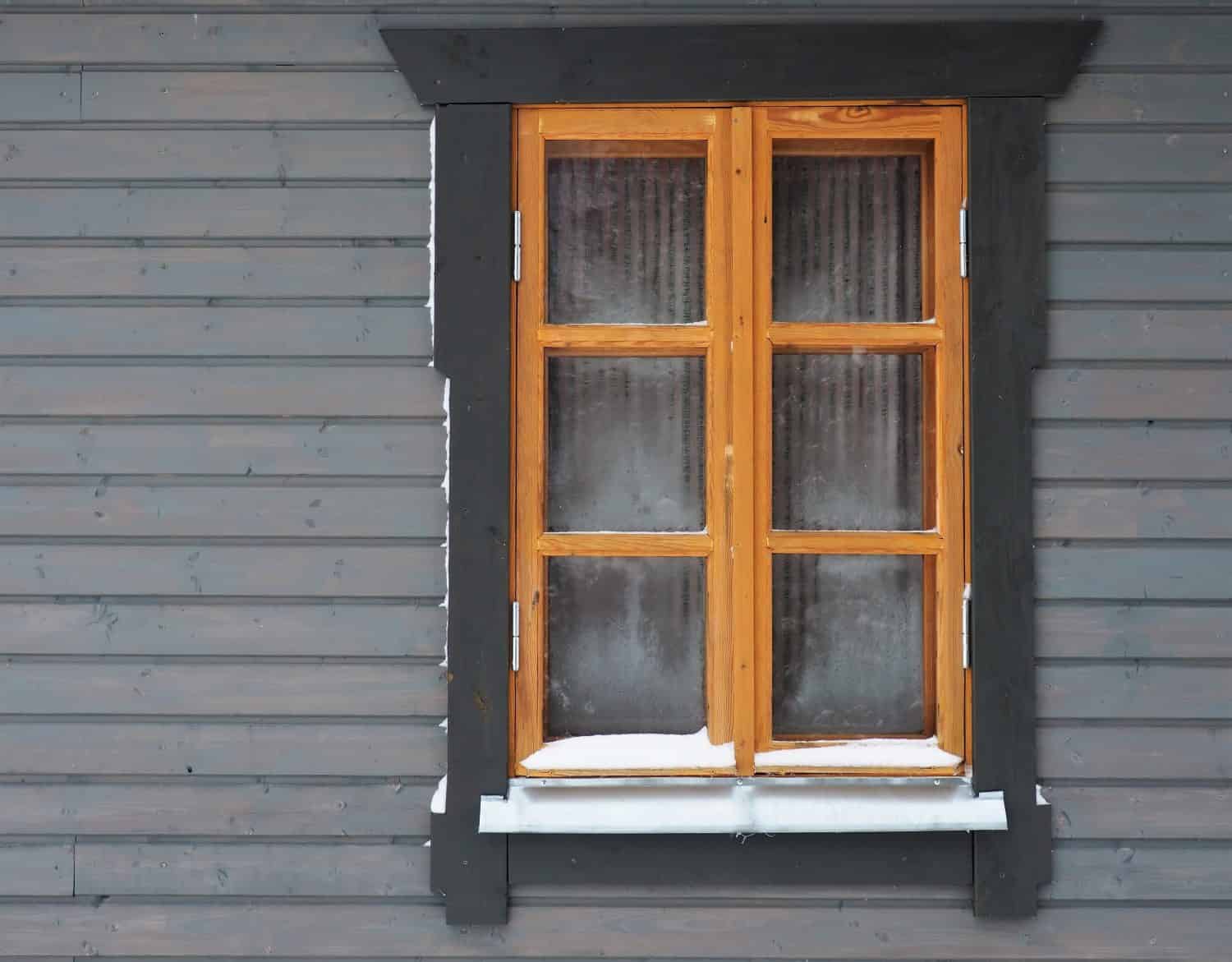
You can install inserts in your window frame to help shield your home from cold drafts.
©GS23/Shutterstock.com
Using storm windows during the cooler months prevents drafts from entering your home. If your windows didn’t come with them, you can purchase them separately.
These inserts fit snugly in your window frame to prevent heat from getting out and cold air from getting in. They are easy to install and remove, but you must remove them before opening your windows in the spring.
4. Use Weather Stripping
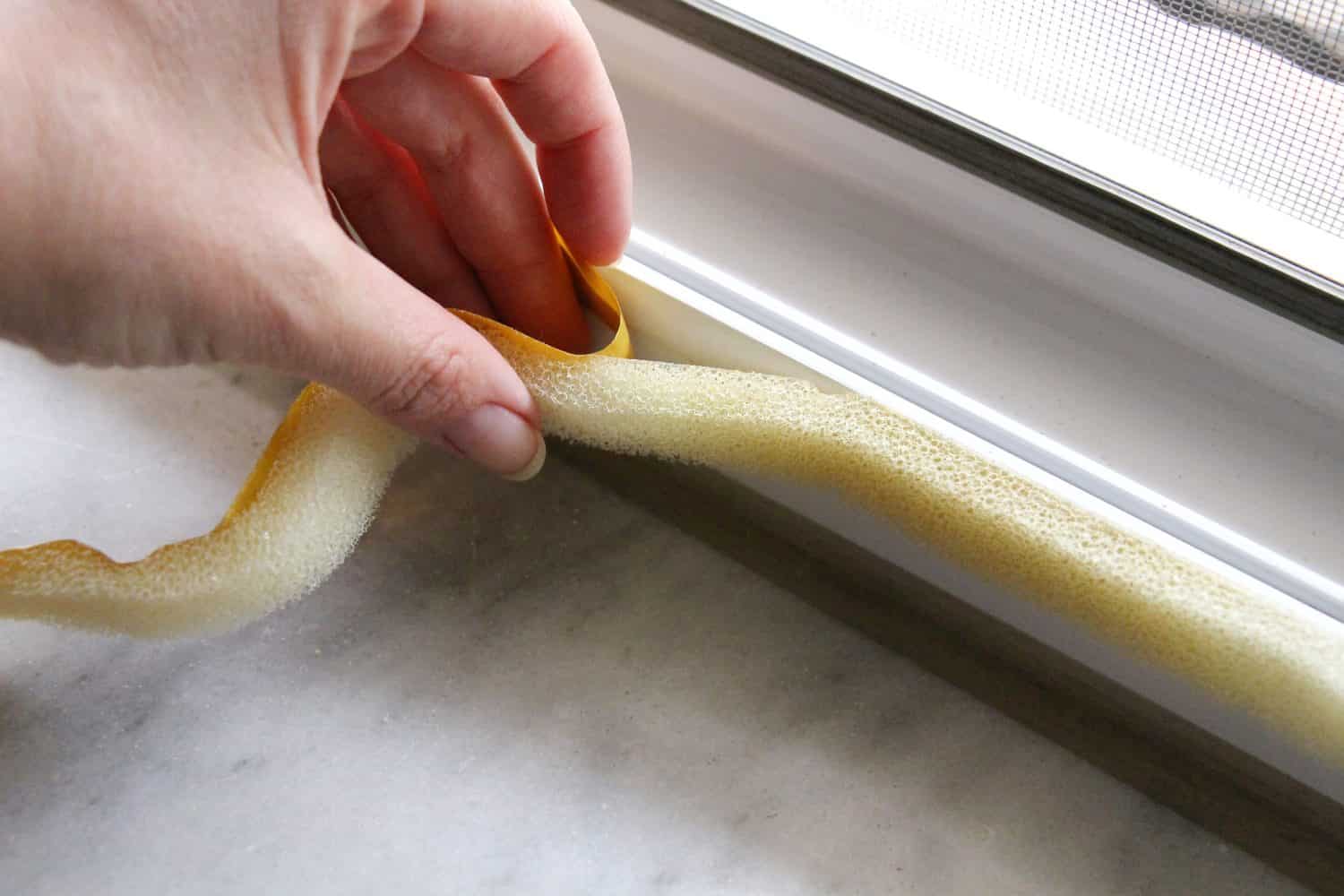
Weather stripping your windows can help you winterize your home.
©GSener/Shutterstock.com
You can weather-strip your windows and doors to prevent cold drafts from coming through. Make sure you read the packaging or description of the product you buy to ensure it’s compatible with your needs.
Weather stripping comes as foam strips, rigid gaskets, or rubbing tubing, but all options help keep your home warm. It seals gaps between your windows and door, helping keep heat in and cold out.
5. Put Up Thermally Lined Drapes

Thermally lined drapes can make all the difference in keeping your heat in and cold air out.
©New Africa/Shutterstock.com
Thermally lined drapes help block drafts coming through your windows. You can reuse them each year, so the cost is worth it if you take care of them. They come in various colors and designs, so you can find something that matches your home and aesthetic.
6. Use a Shrink-Wrap Kit
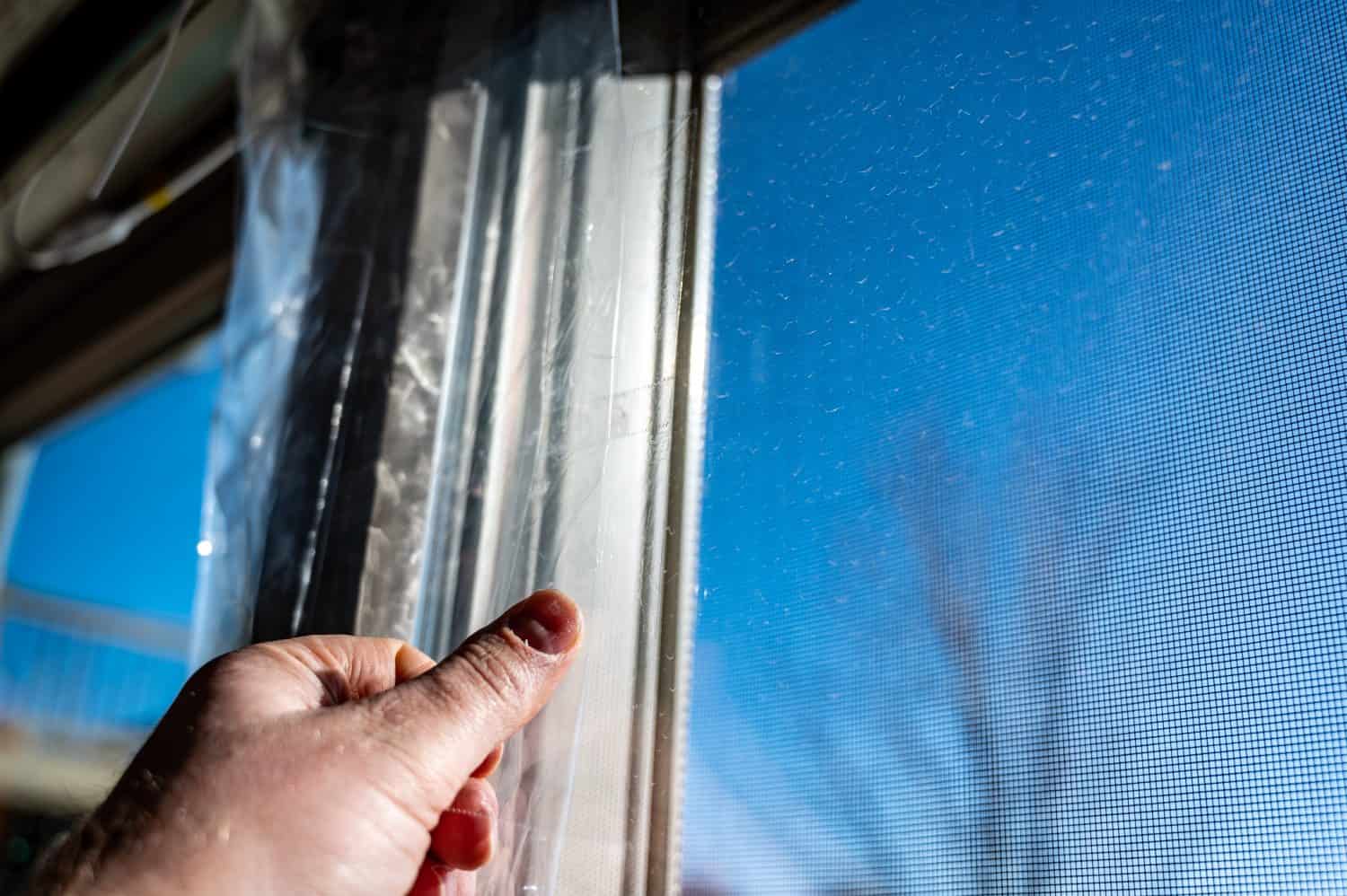
Shrink-wrap kits require using a hair dryer and plastic to seal it from cold drafts.
©Lost_in_the_Midwest/Shutterstock.com
You can find these kits at many home improvement stores, and they’re easy to use. You apply the plastic around your windows and use a hair dryer to shrink-wrap them so no air gets through. It can seal the window or door frame and is one of the best and most effective ways to winterize your windows.
7. Put Caulk Around Areas That Need Sealed
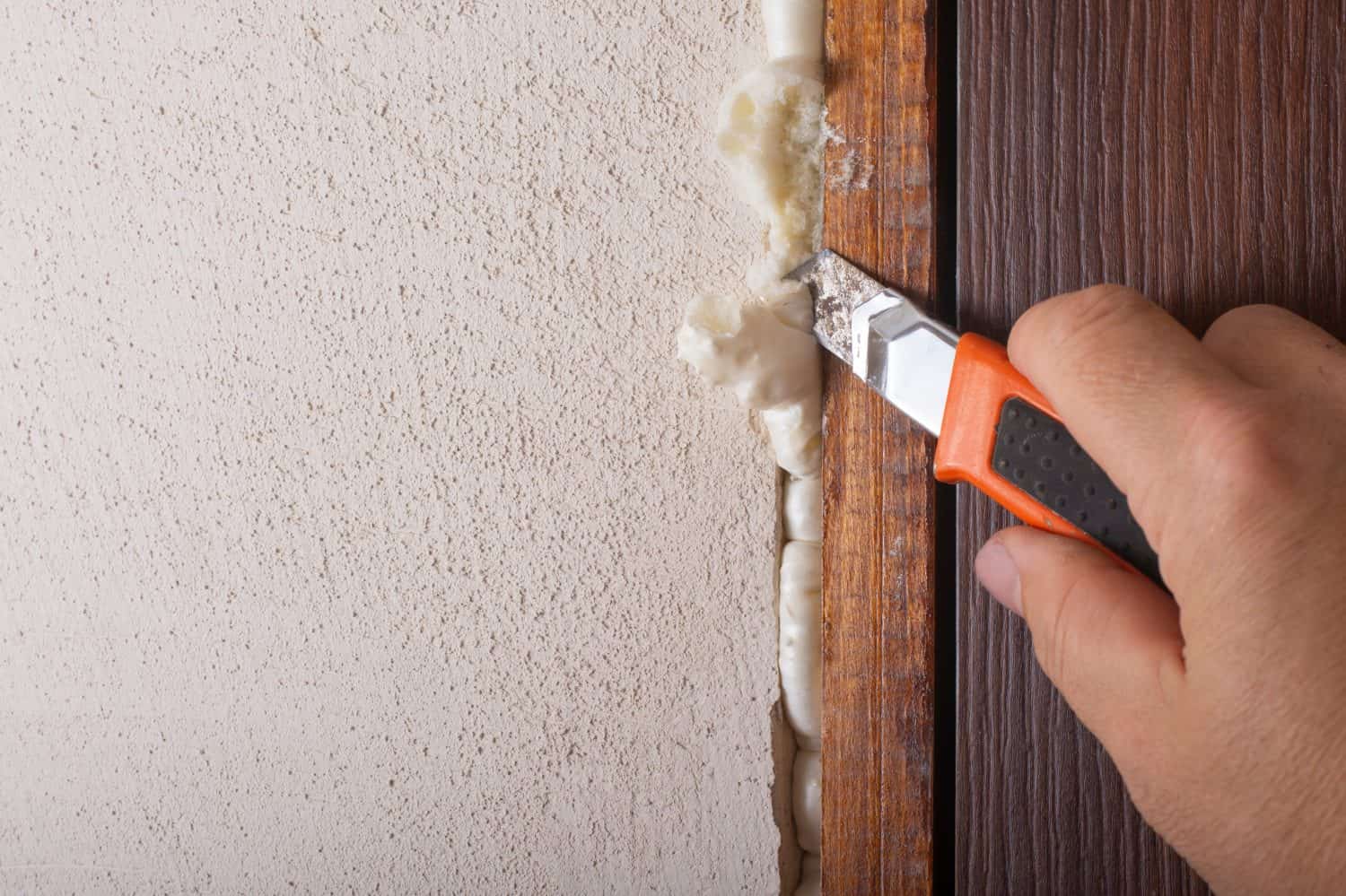
Don’t forget to remove old caulk before applying new.
©Rubanitor/Shutterstock.com
When your windows let air through, adding caulk around them can help. Naturally, the original caulk deteriorates or shrinks, leaving gaps where cold air can get through. Before putting on new caulk, remove old caulk by scraping it off.
Adding caulk is beneficial for many reasons and can quickly help you accomplish the job. It’s inexpensive and only requires taking your time while sealing the problematic areas without making them look bad. Polyurethane caulk is ideal because it sticks well, doesn’t attract dirt, doesn’t shrink, and it’s paintable.
8. Cover Your Basement Windows

Using covers for your basement windows can help with winterizing your home.
©HappyAngel 888/Shutterstock.com
Covering your basement windows can make an incredible difference in keeping your home warm during the fall and winter. It also helps you save money on your energy bills since it’ll prevent your furnace from working overtime.
Not only does it prevent drafts from coming in, but it also stops warm air from getting out. Another bonus is that covering your basement windows stops moisture from getting in and causing damage.
Summary Table of the Best and Most Effective Ways to Winterize Your Windows
| Tip # | Ways to Winterize Your Windows |
| 1 | Inspect your windows and doors |
| 2 | Add insulation |
| 3 | Install interior storm windows |
| 4 | Use weather stripping |
| 5 | Put up thermally lined drapes |
| 6 | Use a shrink-wrap kit |
| 7 | Put caulk around areas that need sealed |
| 8 | Cover your basement windows |
Thank you for reading! Have some feedback for us? Contact the AZ Animals editorial team.








